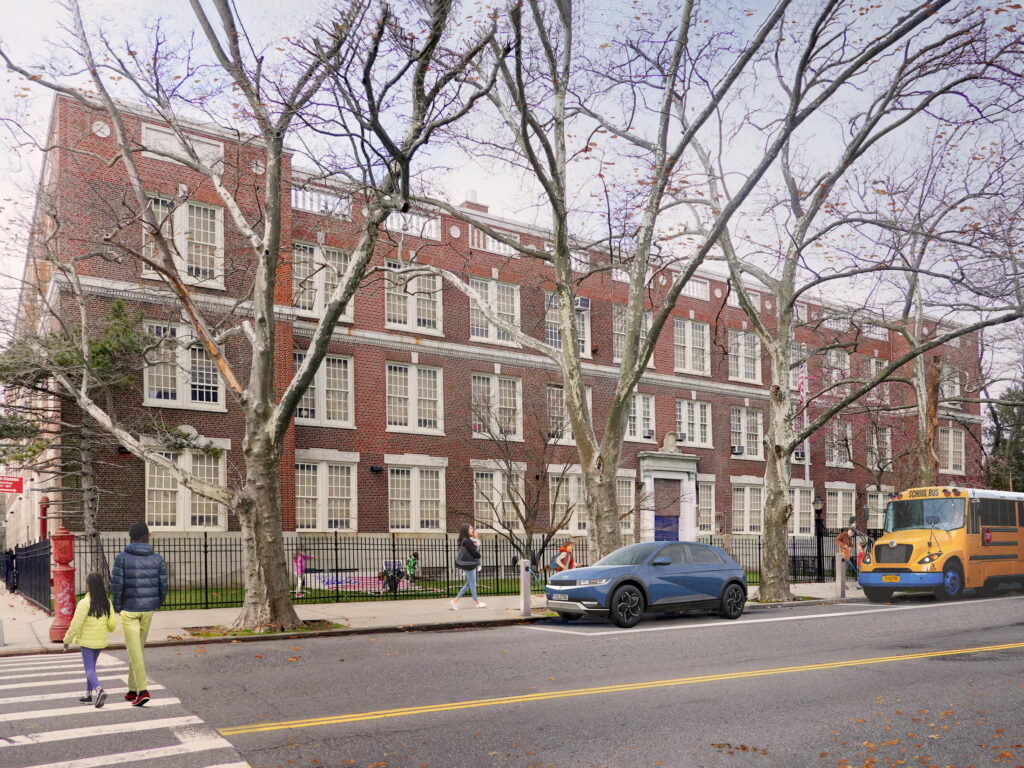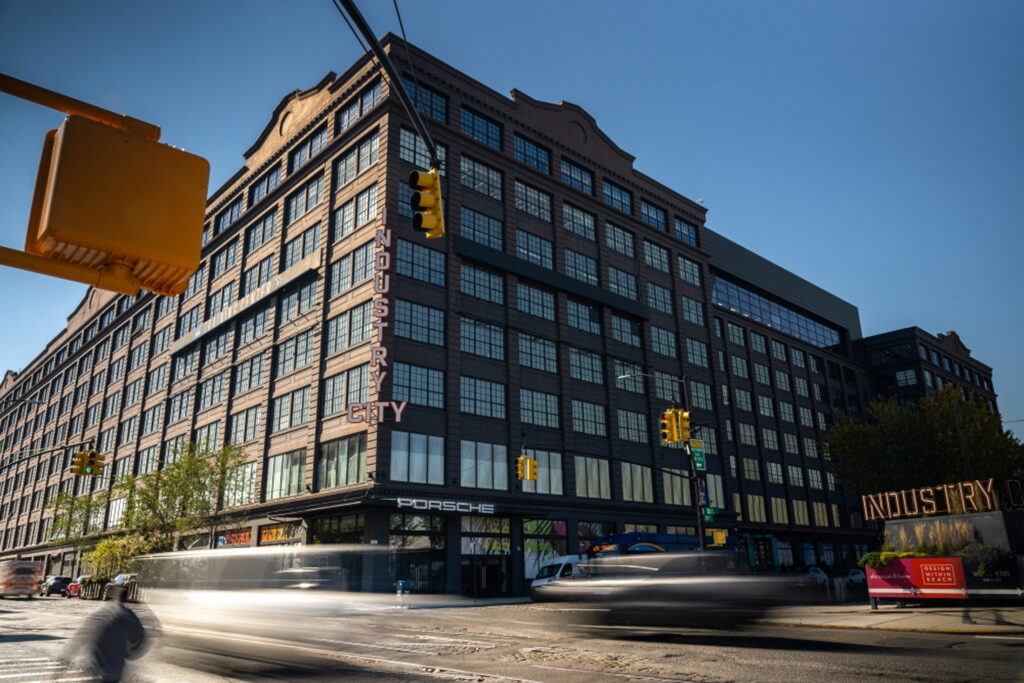For years, civil engineers in the United States and elsewhere have been widening traffic lanes under the assumption that more room for vehicles leads to safer cities. However, a new study by researchers at Johns Hopkins University suggests that narrower lanes may actually be better for city streets.
Published earlier this year, the study shows that on streets with a speed limit of 20-25 mph (32-40 km/h), traffic collision rates do not change significantly whether lanes are 9, 10, 11, or 12 feet (2.7, 3.0, 3.4, or 3.7 meters respectively) wide. However, the report’s counterintuitive finding emerges as speed limits increase.
On streets with a speed limit of 30-35 mph (48-56 km/h), wider streets may actually be more dangerous. Streets with 12-foot-wide lanes (3.7 meters) have accident rates 1.5 times higher than streets with 9-foot-wide lanes (2.7 meters), according to the study.
Read: Waymo’s Data Claims Its Driverless Cars Are 6.7 Times Safer Than You Humans (Sorry)

“Our study of city lane widths found that contrary to the current thinking, wider lanes in urban areas can lead to a higher number of crashes and ultimately fatalities,” said Shima Hamidi, PhD, director of the Center for Climate-Smart Transportation at the Bloomberg School, who helped lead the study. “What if we can narrow lanes without sacrificing safety, and how can we best use the additional space in the existing infrastructure? That’s what we want to know.”
The study looked at 7,670 sections of streets in seven U.S. cities that had similar average daily traffic and comparable design characteristics (number of through lanes, presence of medians, on-street parking, etc.). It then randomly selected 1,117 sections for analysis. The researchers looked at the relationship between lane width and the number of crashes that occurred in each section from 2017-2019.
“What we found in this study […] is that when streets become wider, then it gives the drivers this false sense of safety that makes them drive faster,” Hamidi told Public News Service.
In addition to making streets safer, there are other benefits to narrower streets. Narrower roads mean less asphalt, which has environmental benefits. They also leave more room for things like bike lanes, sidewalks, and more pedestrian-friendly infrastructure.
The researchers have some recommendations for civil engineers and cities that want to put their findings into action. They suggest that street sections that do not serve as transit or freight corridors should be considered for lane-width reductions, and planners should default to a 10-foot-wide lane (approximately 3 meters) in low-speed urban settings unless there’s justification for wider ones.
They also recommend that cities find a context-appropriate speed limit for a given street section before determining how wide the lanes should be and that engineers should consider making roads open to more users, rather than prioritizing the highest possible safe speed for automobiles. Finally, the narrowing of lanes should be paired with the addition of new infrastructure, like bike lanes and wider sidewalks.
“Lane-width reduction is the easiest and most cost-effective way to accommodate better sidewalk and bike lanes within the existing roadway infrastructure,” says Hamidi. “Narrower lanes ultimately minimize construction and road maintenance and also reduce environmental impacts.”









